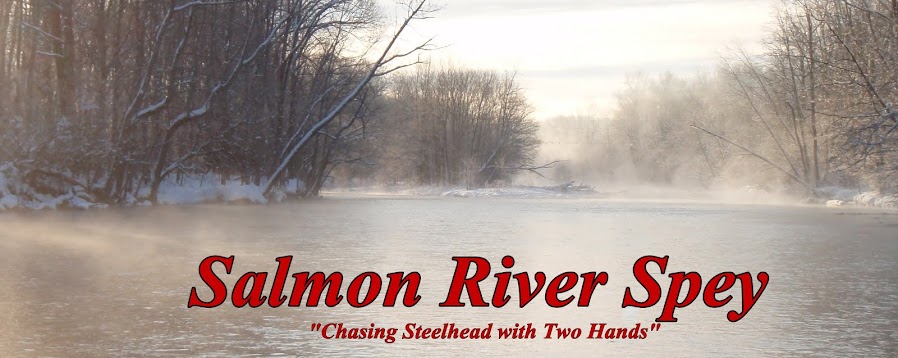Welding your own lines and making new streamlined welded loops at home is incredibly simple. If you can tie a fly, you can weld lines. I bought my welding kit from Poppy at The RedShed Fly shop. It includes a heat gun, some thin running line for loops, and a bunch of different sized shrink tubing. It was $30, a heck of a deal. Here are a few photos of the process.
First, cut a length of tubing material, enough to cover the thin running line and the fly line being welded. Then cut a length of running line to make
a loop. I like to have about 2-3" of over lap for added security.
Next, slide the fly line, and running line material into the plastic shrink tubing and align the running line on either side of the fly line....
Next is the fun part, actually welding the lines together. Set the heat gun to the LOW setting. Let it heat up for about 1 minute. Then put the heat to the line, and make sure to keep the heat gun nozzle about an 1" away from the line. Too close and you will burn the line, creating a weak point in your line that can and will break. You can watch the lines melt together as you go. Do about a 1" section until it's good and melted. Roll it between your fingers or on a hard surface to combine the two lines well. Once the entire weld is completed this way, let it cool and cut off the plastic tubing. Now you have a sweet factory like weld on your loop to loop.
The possibilities are endless with welding. Plus welded loops are much smoother in the guides when a fish is yanking out line than braided loops gooped up with Aquaseal.







